Philippe Bordure
CHU Nantes
Geometric Atlas of the Middle Ear and Paranasal Sinuses for Robotic Applications
Oct 04, 2021

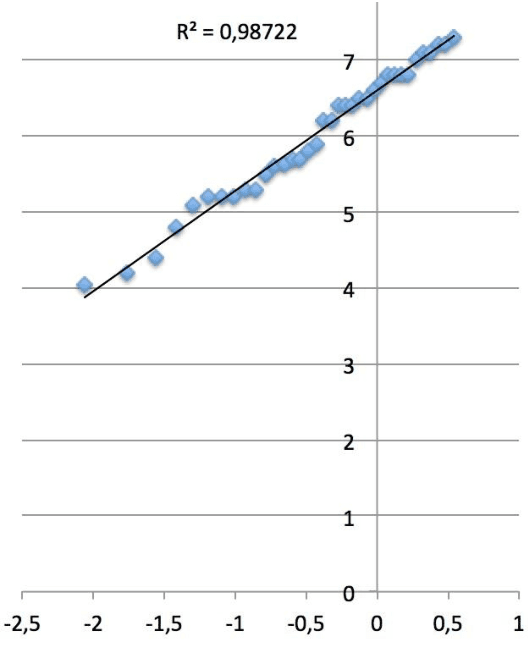
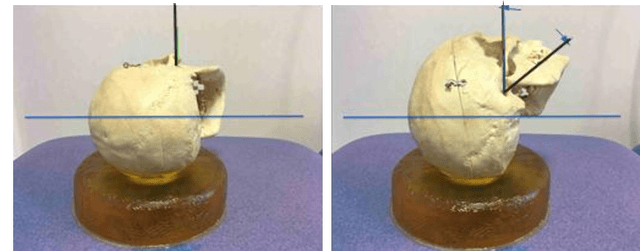
Abstract:In otolaryngologic surgery, more and more robots are being studied to meet the clinical needs of operating rooms. However, to help design and optimize these robots, the workspace must be precisely defined taking into account patient variability. The aim of this work is to define a geometric atlas of the middle ear and paranasal sinuses for endoscopic robotic applications. Scans of several patients of different ages and sexes were used to determine the average size of these workspaces, which are linked by the similar use of endoscopes in surgery.
Literature Review on Endoscopic Robotic Systems in Ear and Sinus Surgery
Sep 28, 2021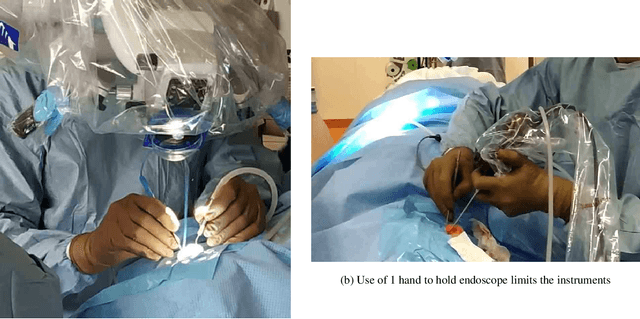



Abstract:In otolaryngologic surgery, endoscopy is increasingly used to provide a better view of hard-to-reach areas and to promote minimally invasive surgery. However, the need to manipulate the endoscope limits the surgeon's ability to operate with only one instrument at a time. Currently, several robotic systems are being developed, demonstrating the value of robotic assistance in microsurgery. The aim of this literature review is to present and classify current robotic systems that are used for otological and endonasal applications. For these solutions, an analysis of the functionalities in relation to the surgeon's needs will be carried out in order to produce a set of specifications for the creation of new robots.
A new RCM mechanism for an ear and facial surgical application
May 12, 2020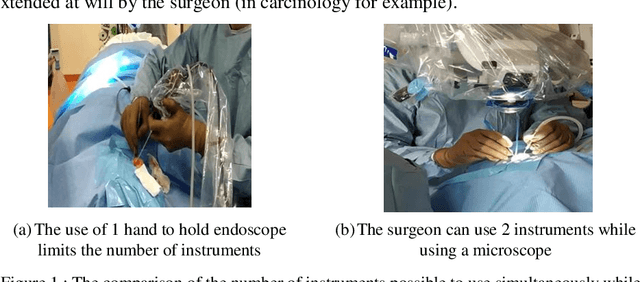
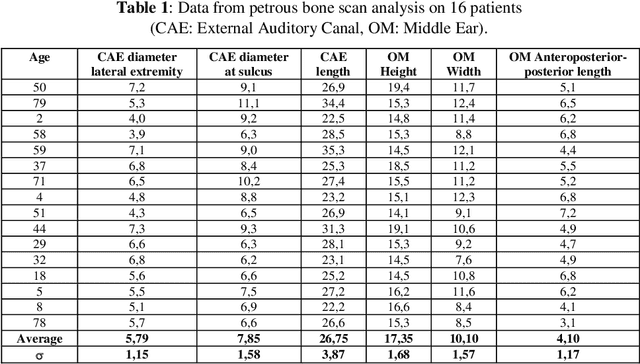

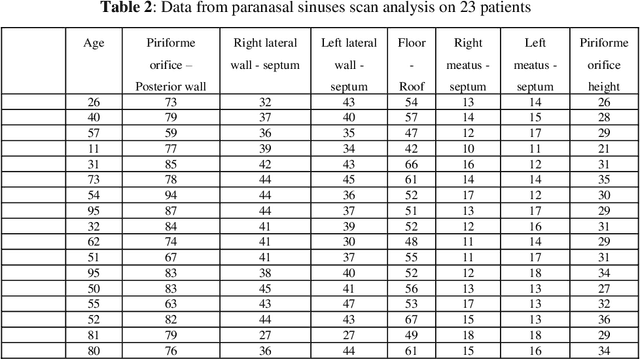
Abstract:Since the insertion area in the middle ear or in the sinus cavity is very narrow, the mobility of the endoscope is reduced to a rotation around a virtual point and a translation for the insertion of the camera. This article first presents the anatomy of these regions obtained from 3D scanning and then a mechanism based on the architecture of the agile eye coupled to a double parallelogram to create an RCM. This mechanism coupled with a positioning mechanism is used to handle an endoscope. This tool is used in parallel to the surgeon to allow him to have better rendering of the medium ear than the use of Binocular scope. The mechanism offers a wide working space without singularity whose borders are fixed by joint limits. This feature allows ergonomic positioning of the patient's head on the bed as well as for the surgeon and allows other applications such as sinus surgery.
 Add to Chrome
Add to Chrome Add to Firefox
Add to Firefox Add to Edge
Add to Edge